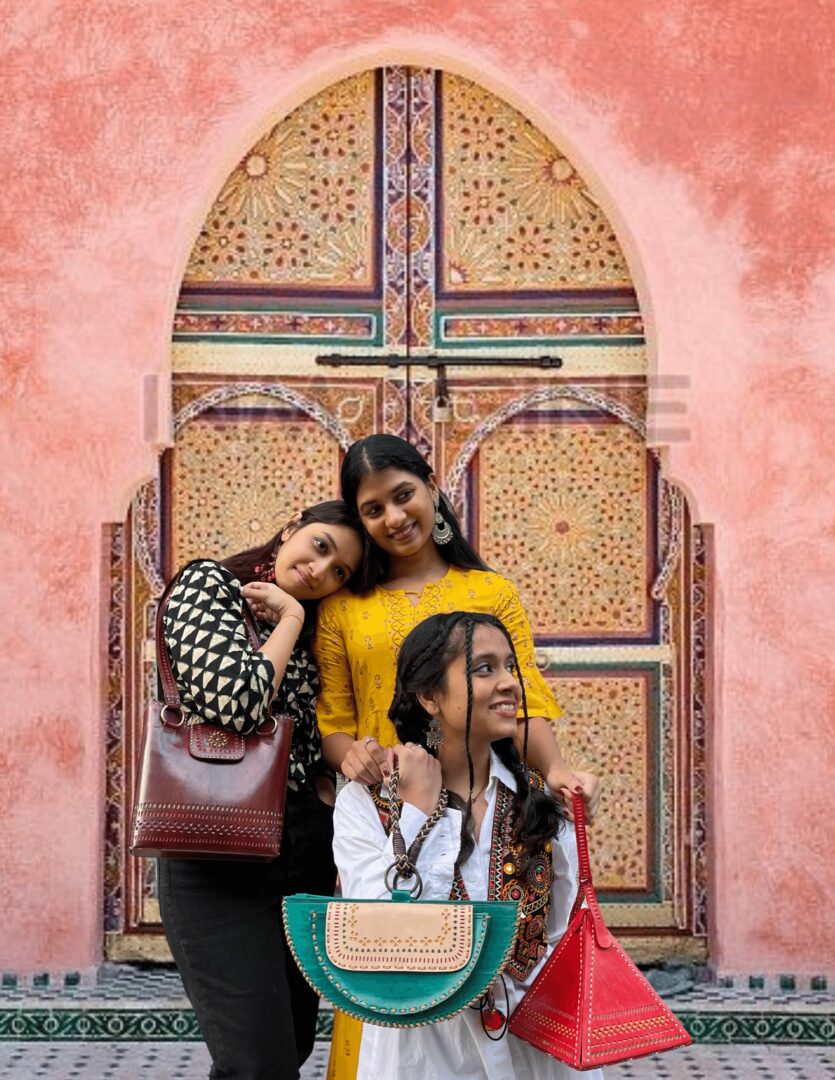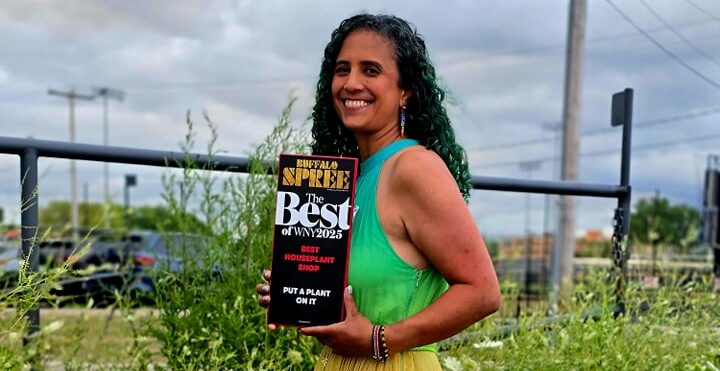We’re excited to introduce you to the always interesting and insightful Sloka Bharat Shah. We hope you’ll enjoy our conversation with Sloka Bharat below.
Sloka Bharat, so good to have you with us today. We’ve got so much planned, so let’s jump right into it. We live in such a diverse world, and in many ways the world is getting better and more understanding but it’s far from perfect. There are so many times where folks find themselves in rooms or situations where they are the only ones that look like them – that might mean being the only woman of color in the room or the only person who grew up in a certain environment etc. Can you talk to us about how you’ve managed to thrive even in situations where you were the only one in the room?
At SCAD and during my time at Kate Spade, I’ve often been the only Indian woman in the room : whether it was a design critique, a production meeting, or a leadership discussion. Early on, this felt intimidating as I was very shy and conscious about my presence. I questioned if I belonged there. But over time, I’ve realized that my background, identity, and cultural perspective are exactly what makes me valuable in these spaces.
Growing up in Vadodara, Gujarat, India, I was surrounded by the rich heritage of Indian crafts, I carry a design philosophy rooted in storytelling, culture, and hands-on artistry. At SCAD, I used this perspective to guide my graduate thesis and later, as a Teaching Assistant and Workshop Manager, to mentor students and build community across departments. I wasn’t just representing myself, I was representing centuries of Indian craftsmanship and a different way of thinking about design.
At Kate Spade, I was often the bridge between technical precision and artistic storytelling. I approached handbag development with the dual mindset of a designer and a cultural translator—always asking how function and heritage can coexist. Even in fast-paced, corporate spaces, I found success by being intentional, asking questions others weren’t asking, and building trust with teams through consistency and empathy.
I’ve learned that being “the only one” in the room means I have the responsibility and the privilege of bringing underrepresented voices to the table. I’ve grown more confident in speaking up, even when my ideas challenge the norm. And now, whether I’m leading a workshop, developing a product, or guiding students, I stand in those rooms with purpose, knowing that my difference is my strength.
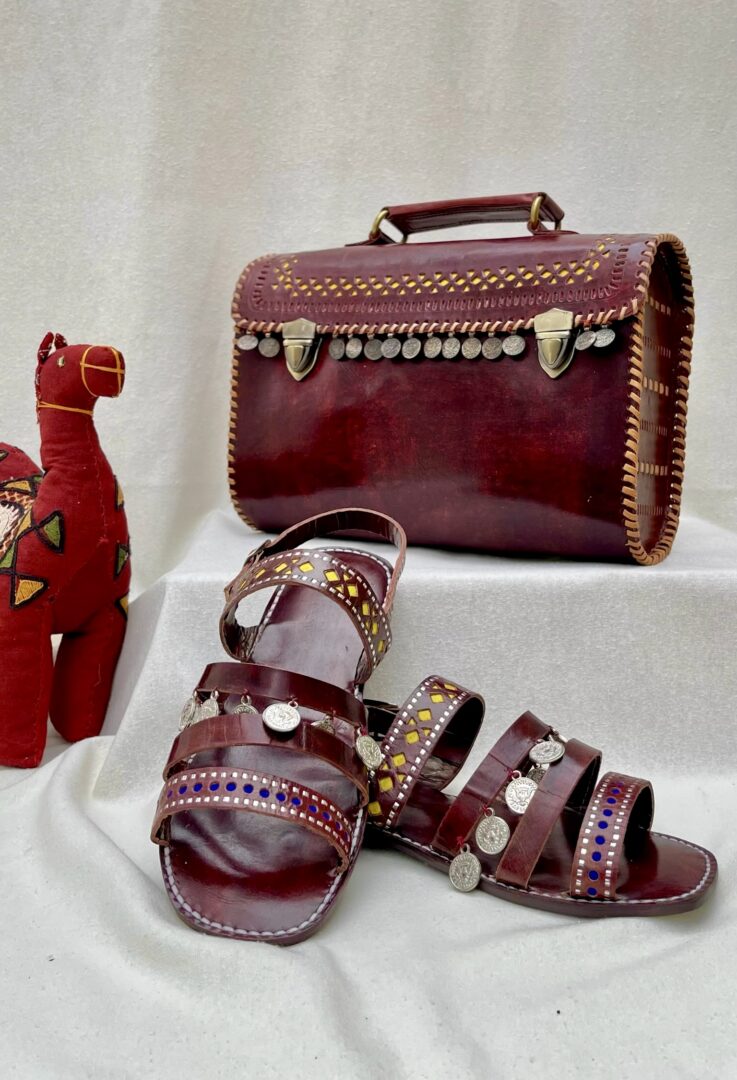
Great, so let’s take a few minutes and cover your story. What should folks know about you and what you do?
I’ve always seen design as more than just making something beautiful—it’s about storytelling, honoring where we come from, and creating space for authenticity. Growing up in Vadodara, Gujarat, I was surrounded by the rich textures of Indian culture, craft, and tradition. That foundation has shaped everything I do today as a designer, educator, and creative thinker.
My work lives at the intersection of culture and function—and I love mixing the two in a fun, expressive way. I design to enjoy, and I design so others can see culture reflected in vibrant colors, thoughtful materials, and forms that feel both meaningful and wearable. What makes my work unique is this blend of heritage and joy—where tradition isn’t something old, but something alive and adaptable.
My brand “slokashahdesigns” is rooted in acceptance and authenticity. I believe we don’t need to chase identities created by society or conform to ideas about how we should look or feel. Instead, my work encourages people to embrace themselves as they are : to celebrate our natural form, our stories, our roots. It’s about moving forward while staying connected to where we come from, and respecting the cultures that shaped us.
During my time at SCAD and Kate Spade, I saw the value of bridging cultural narratives with technical precision. Whether I was developing a handbag or mentoring a student, I was constantly asking: How do we honor the past while designing for the future? That question continues to guide me.
One of the most exciting parts of my journey has been using my designs to preserve cultural stories—especially through collaborations with craftspeople and initiatives that highlight disappearing artisan skills. My thesis work focused on modernizing traditional Kutch techniques, and that project deeply shaped my mission moving forward. I want my designs to act as vessels for culture, resilience, and joy.
Looking ahead, I’m working toward creating a global platform for accessory and footwear design that blends cultural preservation with innovation. I want to build products, spaces, and experiences that connect people across borders, where every detail, stitch, and silhouette is rooted in purpose.
I’m excited to continue growing this vision, collaborating with communities, and inspiring others to see design not just as decoration but as a powerful, personal, and cultural expression.
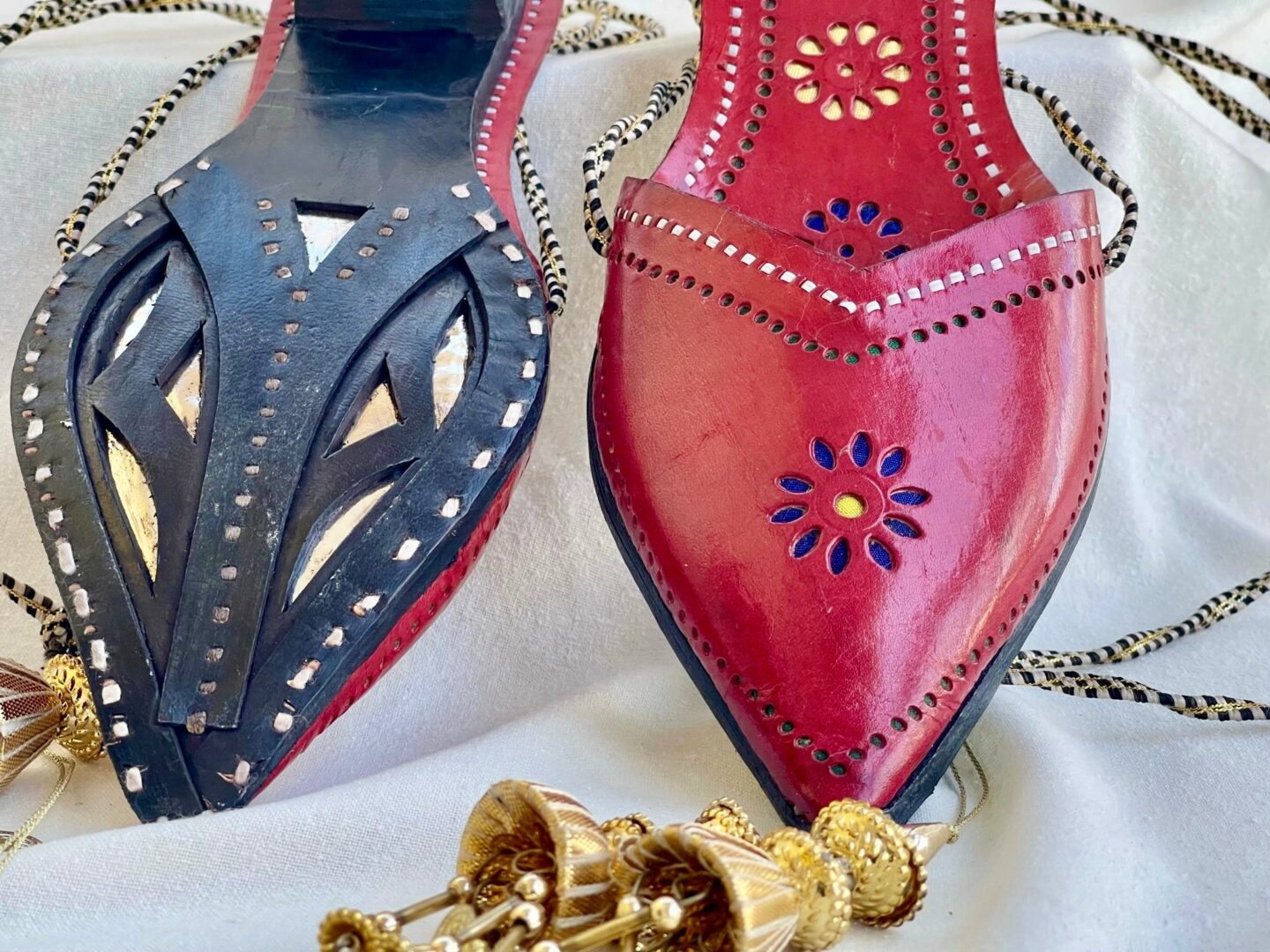
There is so much advice out there about all the different skills and qualities folks need to develop in order to succeed in today’s highly competitive environment and often it can feel overwhelming. So, if we had to break it down to just the three that matter most, which three skills or qualities would you focus on?
1. Resilience :
The creative world, especially in design—can be demanding, competitive, and at times, discouraging. Early in my journey, I often found myself questioning my place in the room. But learning to stay grounded, push through rejection, and keep showing up with authenticity helped me build a voice I now trust.
2. Cultural Sensitivity and Storytelling :
Understanding and respecting the cultures I draw inspiration from has always been central to my design process. Whether I’m working with traditional artisans or creating modern pieces, I make sure I’m not just borrowing visual elements—I’m learning the context and meaning behind them.
3. Hands-On Craft and Technical Knowledge :
Knowing how materials behave, how things are constructed, and the labor behind every detail gives you a different level of respect for the process. Whether it’s skiving or splitting leather, threading a bobbin, or choosing the right last for a shoe, I’ve found that the best designs come from a deep understanding of the making process.
Stay true to who you are, keep learning, and be kind—to yourself, to others, and to the traditions that came before you. The design world needs more people who create with both purpose and heart.
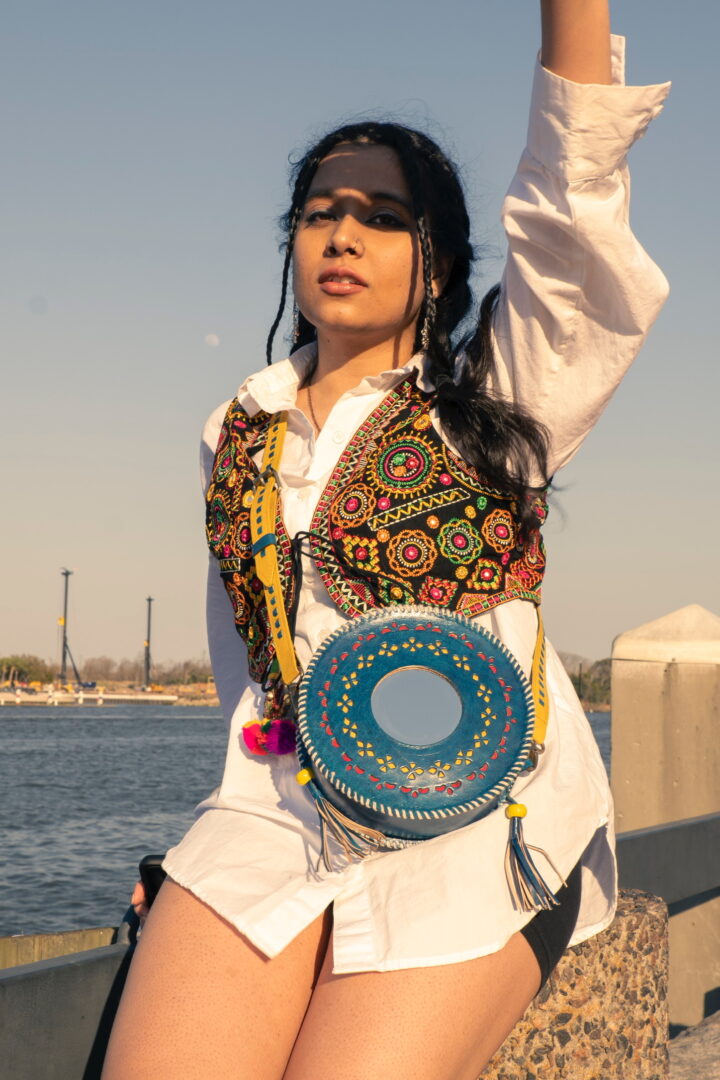
Who has been most helpful in helping you overcome challenges or build and develop the essential skills, qualities or knowledge you needed to be successful?
The people who have been most instrumental in my growth especially when it came to overcoming challenges and building essential skills are my parents. They have supported me unconditionally from the very beginning, always believing in the value of my creative journey, even when it veered from conventional paths.
My mother, in particular, has had a profound influence on my development as a designer. With a deep appreciation for arts and crafts herself, she was the one who first encouraged me to explore my creative instincts and to take them seriously. She constantly pushed me to refine my ideas—not just as artistic expressions, but as products that could be both functional and thoughtfully imaginative. That perspective helped me understand that design is not only about aesthetics, but about creating meaningful, engaging experiences that people can connect with on a deeper level.
Throughout my career, from university projects to industry roles, their belief in my work gave me the resilience and confidence I needed to push forward. In moments of doubt or creative block, they reminded me of my purpose and the cultural roots I represent.
Beyond my family, I’ve also been fortunate to learn from mentors and professors at SCAD who challenged me to think critically, experiment boldly, and approach design with both precision and cultural sensitivity. But at the heart of it all, it was my mother’s early encouragement—and my parents’ unwavering support—that laid the foundation for everything I’ve been able to achieve.
Contact Info:
- Instagram: https://www.instagram.com/slokashahdesigns/
- Linkedin: https://www.linkedin.com/in/sloka-shah-03b102132
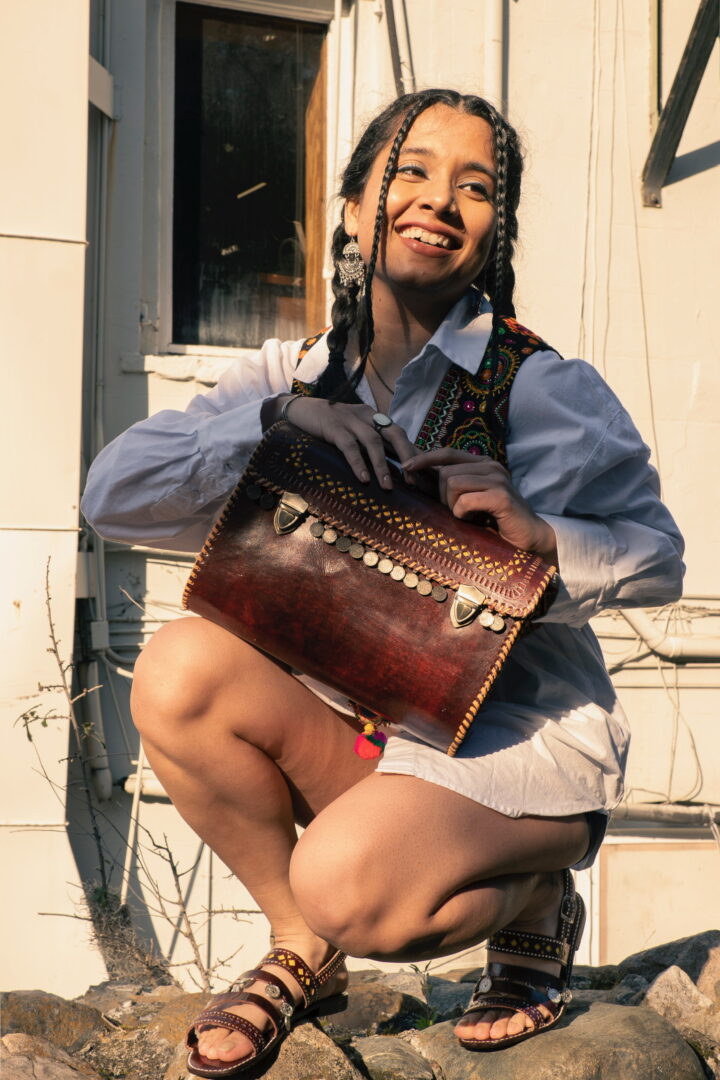
Image Credits
Photography : Pranav Ghadashi
so if you or someone you know deserves recognition please let us know here.

